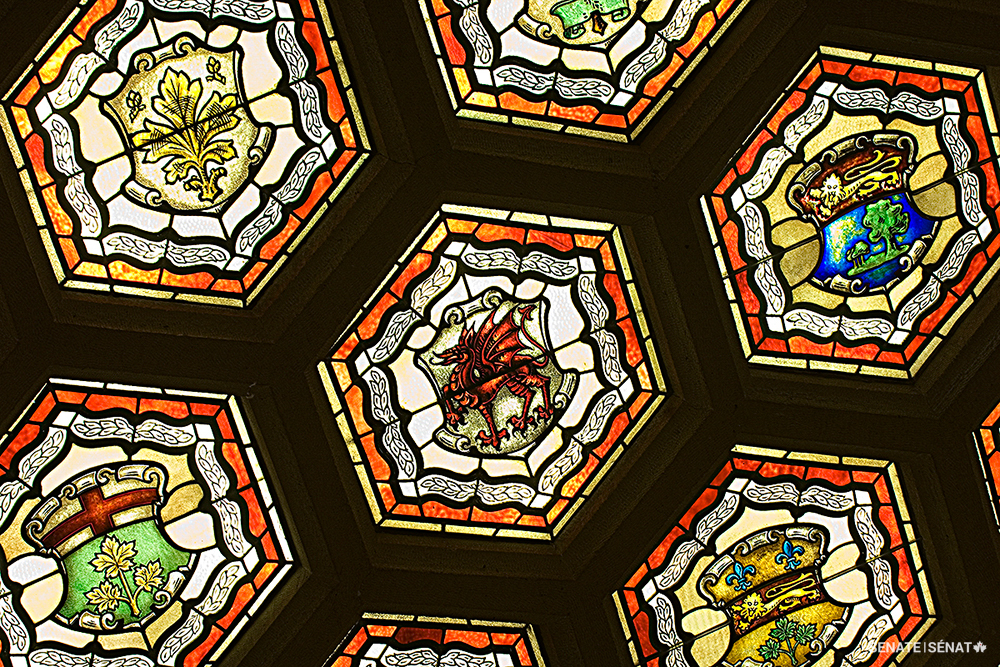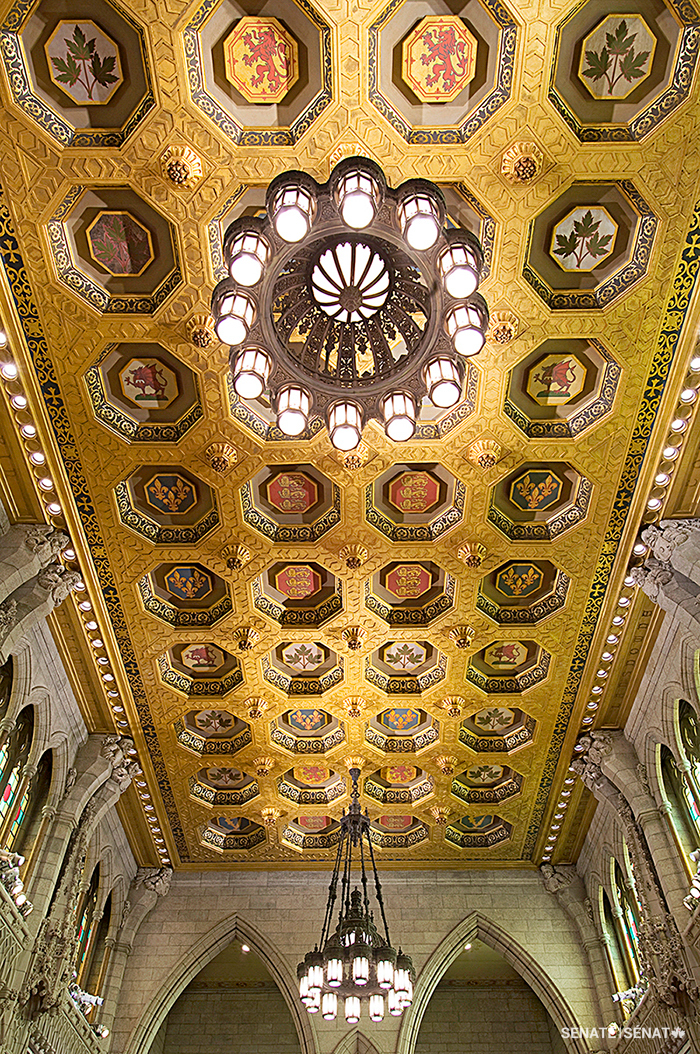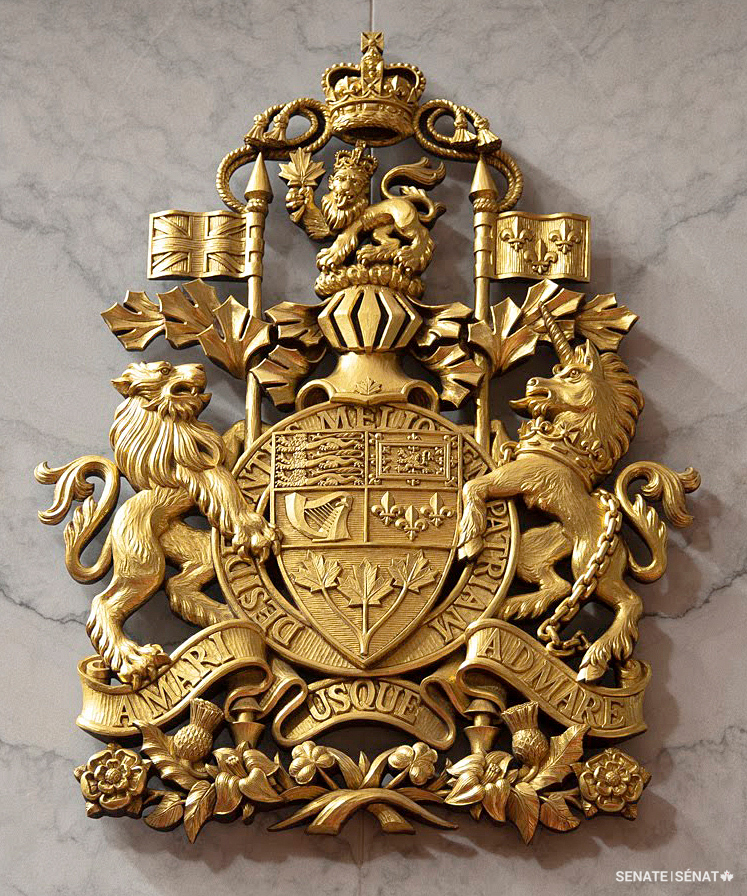The lion, the unicorn and the dragon: Parliament’s royal symbols, part two

In the second of a series of three articles, we explore three of the most frequently seen royal symbols in the Parliamentary Precinct.
In February 2019, the Senate moved to the Senate of Canada Building, a former train station built in 1912. The Senate will occupy this temporary location while Parliament’s Centre Block — the Senate’s permanent home — is rehabilitated.
Although Centre Block is shuttered for rehabilitation work, Canadians can still experience its art and architecture — as well as the Senate of Canada Building’s — through the Senate’s immersive virtual tours.
Many of the symbols that show up repeatedly in Canada’s Parliament buildings — in stonework, wood carvings and stained-glass windows — illustrate the fact that Canada’s parliamentary system has deep foundations in the royal dynasties of France and England.
These symbols tell the story of a complex and evolving accord those monarchs forged with the people they governed — initially as absolute rulers then, over time, in partnership with the people’s representatives in Parliament.
“Our origin stories are told through these decorative symbols,” House of Commons curator Johanna Mizgala said. “They form a connective tissue between our Parliament and the traditions we inherited.”
Here are some symbols you’ll frequently see:
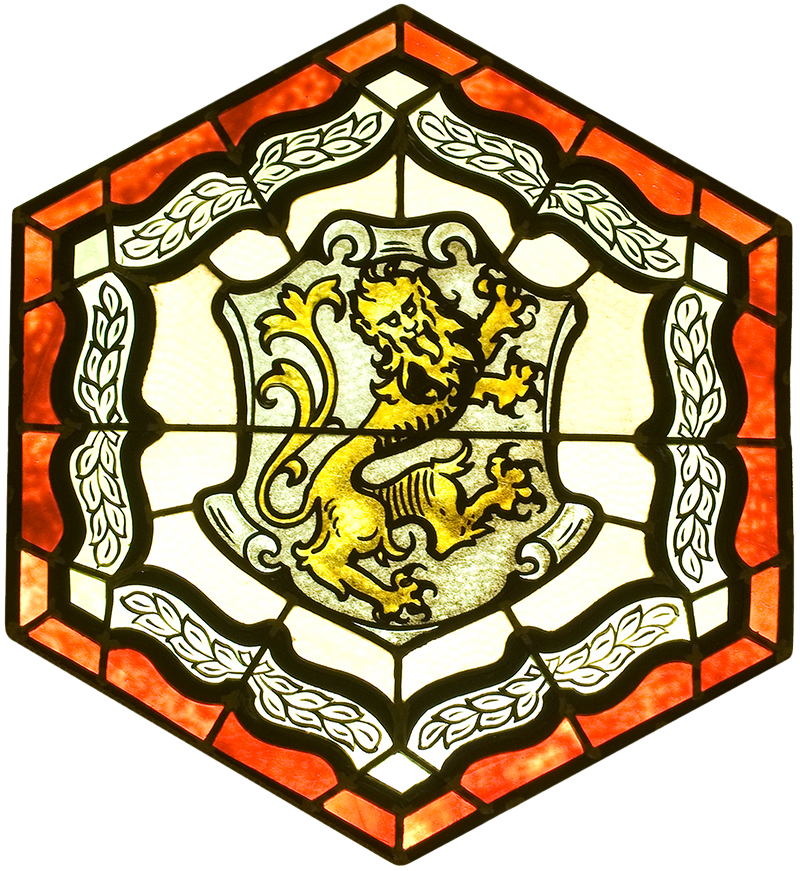
Lion
The lion, a universal symbol of courage and strength, appears all over Parliament Hill — rearing, crouching, supporting shields.
As far back as 1066, William, Duke of Normandy, carried his family banner — two lions on a field of red — across the Channel from France when he conquered England and seized the throne.
His great-grandson, Henry II, added a third when he married Europe’s most powerful heiress, Eleanor of Aquitaine, and incorporated the lion from her family coat of arms into his own.
Henry and Eleanor’s impulsive son, Richard the Lionheart, carried the lion banner with him on the Crusades, linking the beast with English pride and might. After that, it appeared on the royal arms of every succeeding British monarch.
In the context of Parliament Hill, the lion evolved from medieval notions of power and conquest to reflect modern ideals of parliamentary government and the authority it derives from the Crown.
The lion, here, is a symbol of loyalty and steadfast support for the institutions of government. In this task it receives help from the next character, the unicorn.
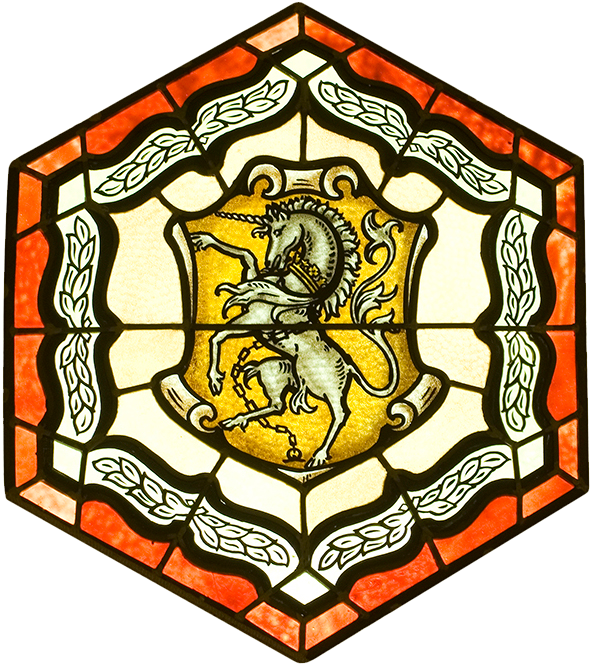
Unicorn
The unicorn is a centuries-old emblem of Scotland, symbolizing bravery, innocence and purity combined with wild, untameable strength.
On Parliament Hill, it almost always appears in opposition to the British lion, essentially as they appear on the arms of Canada.
“The lion and the unicorn as companions — or sworn enemies — has a long history that goes back to ancient Babylon,” Ms. Mizgala said.
“The unicorn is the harbinger of spring, and the lion is the harbinger of summer. The lion chases the unicorn, and the lion always wins.”
Their association with Britain goes back to King James VI of Scotland, who added James I of England to his title in 1603 when his cousin, Queen Elizabeth I, died childless.
“He is a Scottish king who unifies England and Scotland under one rule. He does not see himself as the unicorn that is subservient to the lion. He sees them as connected,” said Ms. Mizgala. “James joins them, as supporters in the coat of arms, in one symbol. The lion now has a companion in arms, in a sense.”
The unicorn is always depicted collared with a golden chain. Fierce and unpredictable, only the bonds of royal power, symbolized by the chain, can hold the unicorn in check.
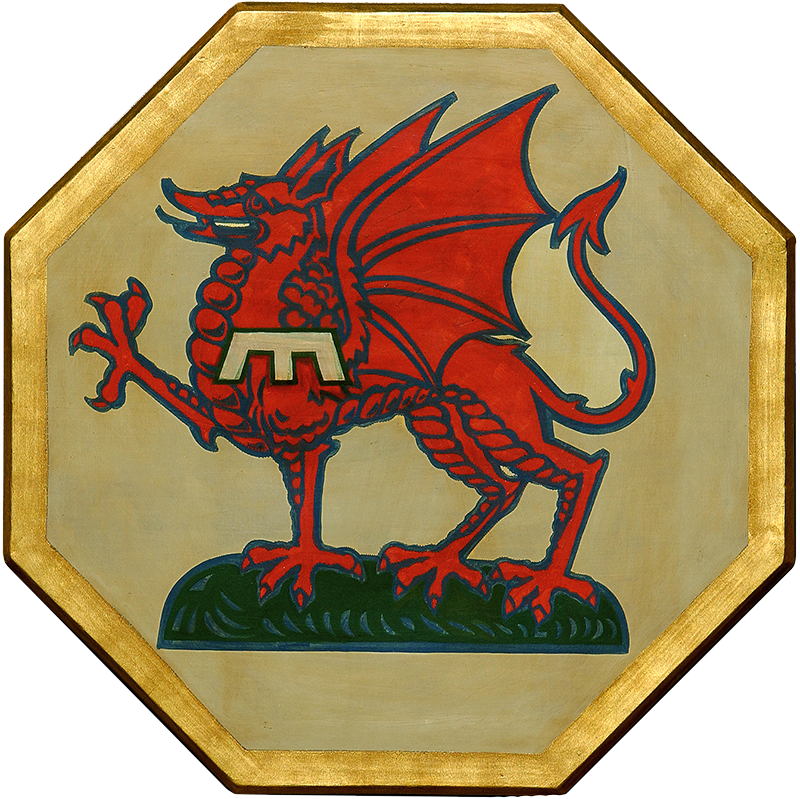
Red dragon
The red dragon is an ancient heraldic symbol of Wales. It appears in Centre Block, among other places, in the coffered ceiling of the Senate Chamber and in the stained-glass ceiling of the Senate foyer.
The symbol’s origins lie in Arthurian legend.
The ninth-century Historia Brittonum recounts that Vortigern, King of the Celtic Britons, consulted the wizard Merlin to find out why his fortress at Dinas Emrys was taking so long to build.
Merlin advised the king to dig beneath the castle. Under its foundations, Vortigern discovered a red dragon, representing the Celts, battling a white dragon, representing the Anglo-Saxon invaders.
Merlin prophesied that a great leader would arise who would rally the Celts, drive out the Anglo-Saxons and reclaim the island.
Medieval histories mention Cadwaladr, the seventh-century ruler of the Welsh kingdom of Gwynedd, using the red dragon as his emblem.
For centuries it remained a symbol of Welsh cultural pride and resistance to English domination. It featured in the official flag of Wales, adopted in 1959.
“It makes sense that you see lots of symbols that relate to the British Isles, specifically to Scotland, Ireland and Wales,” Ms. Mizgala said. “In the early 20th century, the biggest influx of immigrants to Canada was from there.”
“Obviously, if we were to do this again today, the symbols would be very different.”
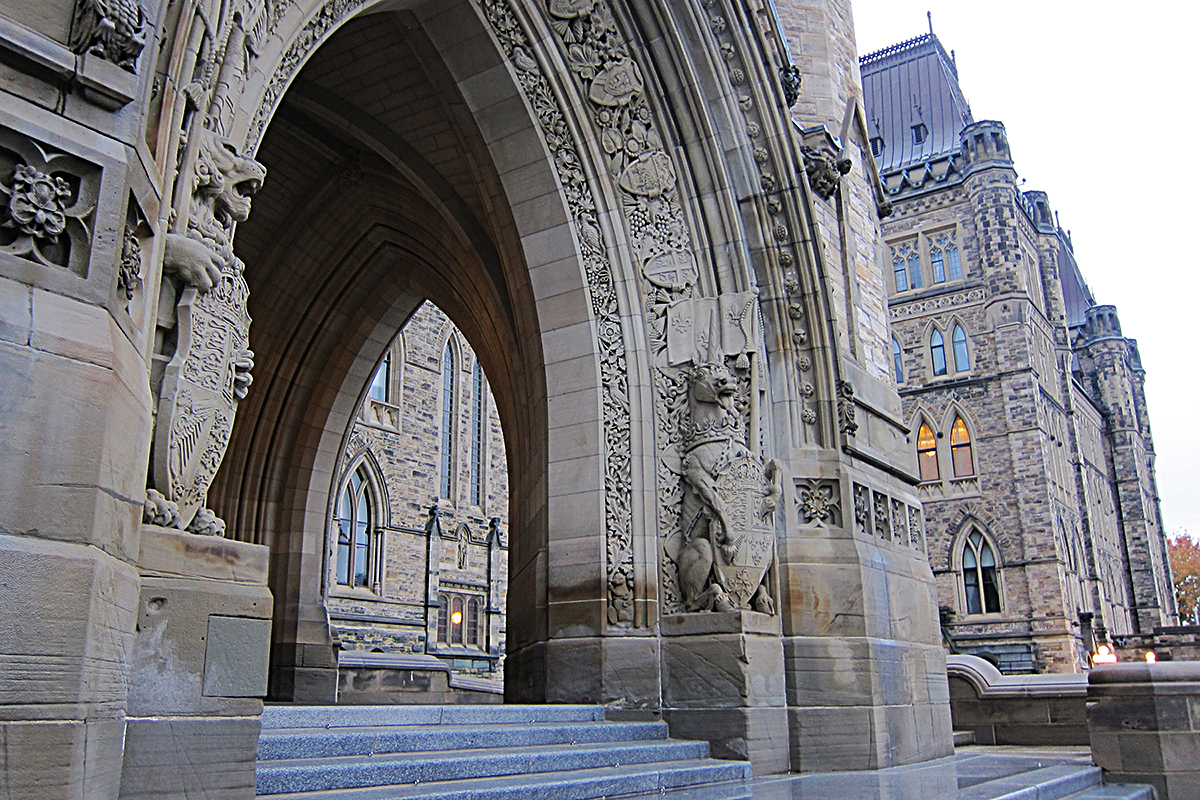 Dominion Sculptor Cleóphas Soucy and his assistant, Coeur de Lion McCarthy, carved the lion and unicorn statues flanking Centre Block’s Peace Tower entrance in 1937. (Photo credit: Wikimedia Commons)
Dominion Sculptor Cleóphas Soucy and his assistant, Coeur de Lion McCarthy, carved the lion and unicorn statues flanking Centre Block’s Peace Tower entrance in 1937. (Photo credit: Wikimedia Commons)
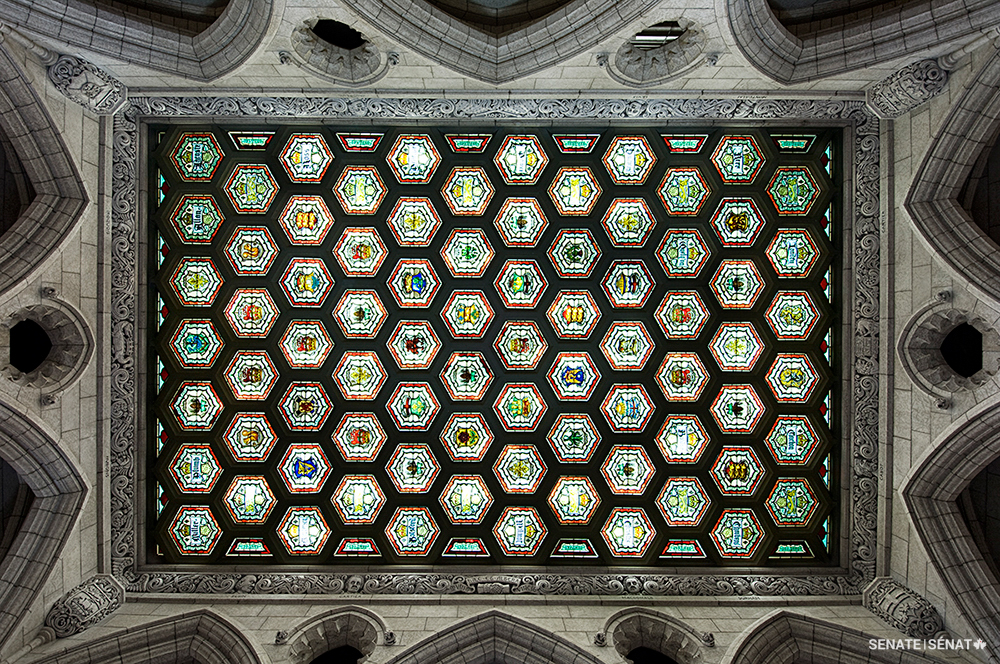 The stained-glass ceiling in Centre Block’s Senate foyer highlights several symbols associated with royalty, including the lion, the unicorn and the red dragon.
The stained-glass ceiling in Centre Block’s Senate foyer highlights several symbols associated with royalty, including the lion, the unicorn and the red dragon.
